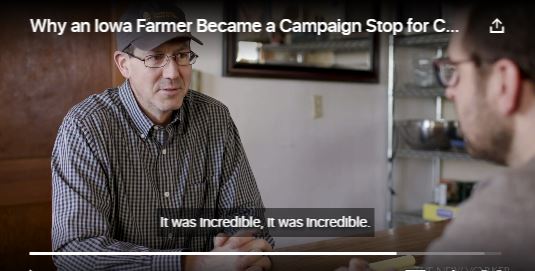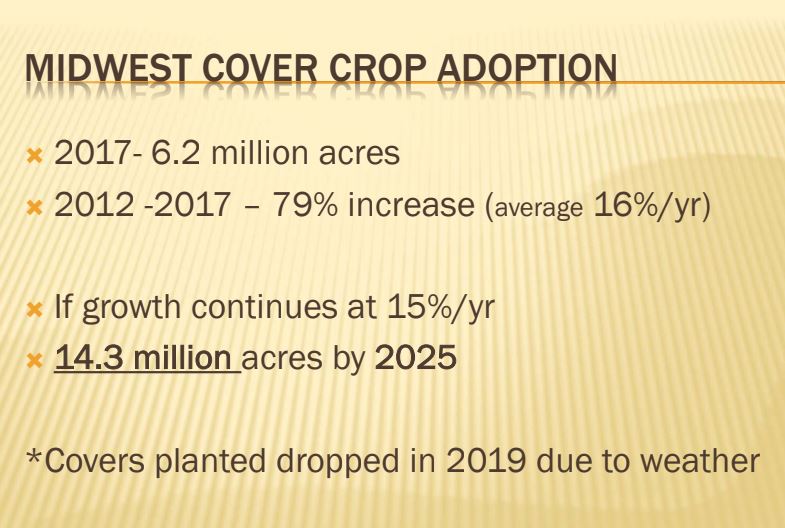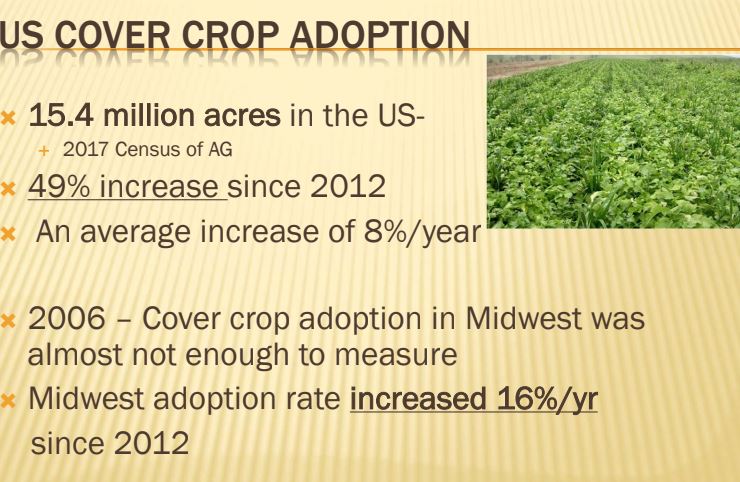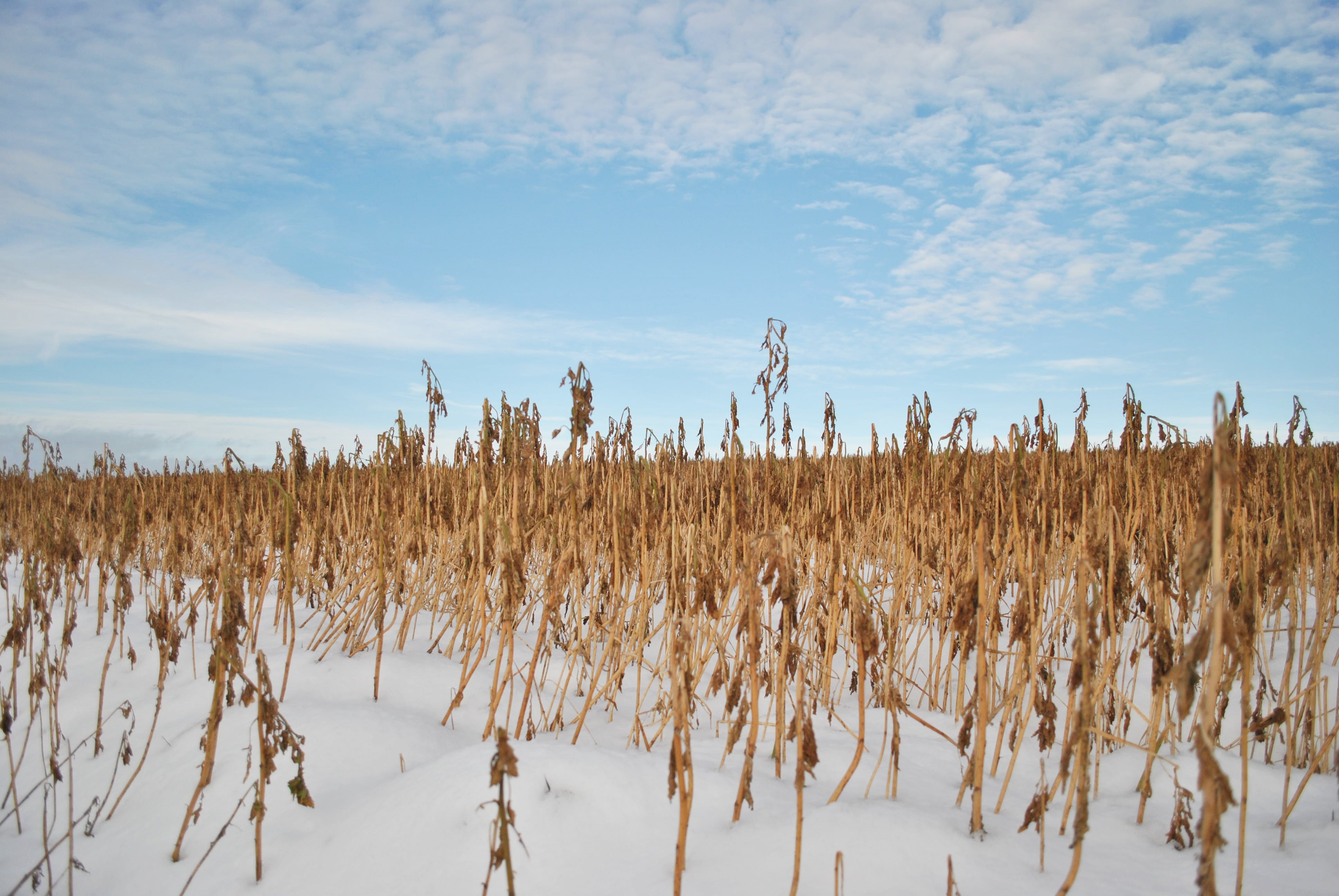The last post, Dan Perkins was introduced, a 40-something organic farmer with tons of cover crop experience on his farm as well as with the Jasper (IN) Soil and Water Conservation District.
This week, David Kleinschmidt is the new team member to profile. He graduated from Southern Illinois University in ag business economics and worked in ag retail sales before starting his own company – Progressive Agronomy Consulting Services. In a recent article in the Advantage press, Dan explained his newfound appreciation of cover crops.

“In the drought of 2012, I sold a lot of cover crops to farmers looking to prevent nutrient loss from fields that couldn’t produce. I started noticing the more I used cover crops, the more I saw a decrease in plant stress. Crops weren’t as fast to show nutrient deficiency, had fewer weeds to compete with, and more water was available later in the season, when the crops needed it. That network of roots puts the pore space back into the soil, creating a crop-supporting structure that can breathe AND deliver water and nutrients. When we nurture soil rather than rip it apart, it can function as intended – it becomes more productive and life-giving.”
Now a full-time conservation agronomist, Kleinschmidt spends a lot of his time sharing his insights and experience with others, many of whom are just coming to practice agriculture with cover crops. As quoted in the same article, he said, “We all need mentors, so I partnered with Understanding Ag and Soil Health Academy. This gives me and local farmers in my community a chance to bounce ideas off of experts without fear of being judged.”
The Oregon Ryegrass Commission will contract with David and Dan to get further afield in their educational efforts, being involved in field day demonstrations, farm shows and professional conferences.
Stay tuned as we plan to feature the work these younger farmer/educators in future blog posts. They represent the future of ag and they are learning plenty from old timers like you who have pioneered cover crop’s worthiness.








